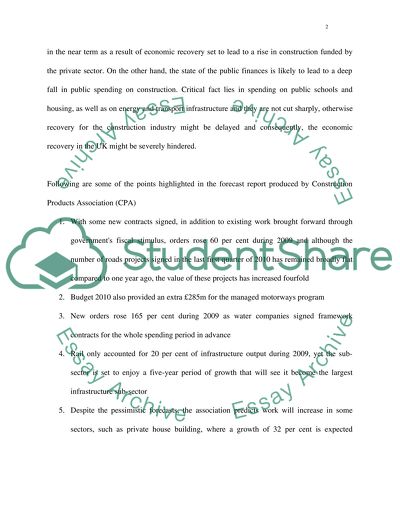Cite this document
(Aspects of The UKs Construction Industry Essay Example | Topics and Well Written Essays - 1750 words, n.d.)
Aspects of The UKs Construction Industry Essay Example | Topics and Well Written Essays - 1750 words. https://studentshare.org/macro-microeconomics/1566233-business-enviroment-economics
Aspects of The UKs Construction Industry Essay Example | Topics and Well Written Essays - 1750 words. https://studentshare.org/macro-microeconomics/1566233-business-enviroment-economics
(Aspects of The UKs Construction Industry Essay Example | Topics and Well Written Essays - 1750 Words)
Aspects of The UKs Construction Industry Essay Example | Topics and Well Written Essays - 1750 Words. https://studentshare.org/macro-microeconomics/1566233-business-enviroment-economics.
Aspects of The UKs Construction Industry Essay Example | Topics and Well Written Essays - 1750 Words. https://studentshare.org/macro-microeconomics/1566233-business-enviroment-economics.
“Aspects of The UKs Construction Industry Essay Example | Topics and Well Written Essays - 1750 Words”. https://studentshare.org/macro-microeconomics/1566233-business-enviroment-economics.


